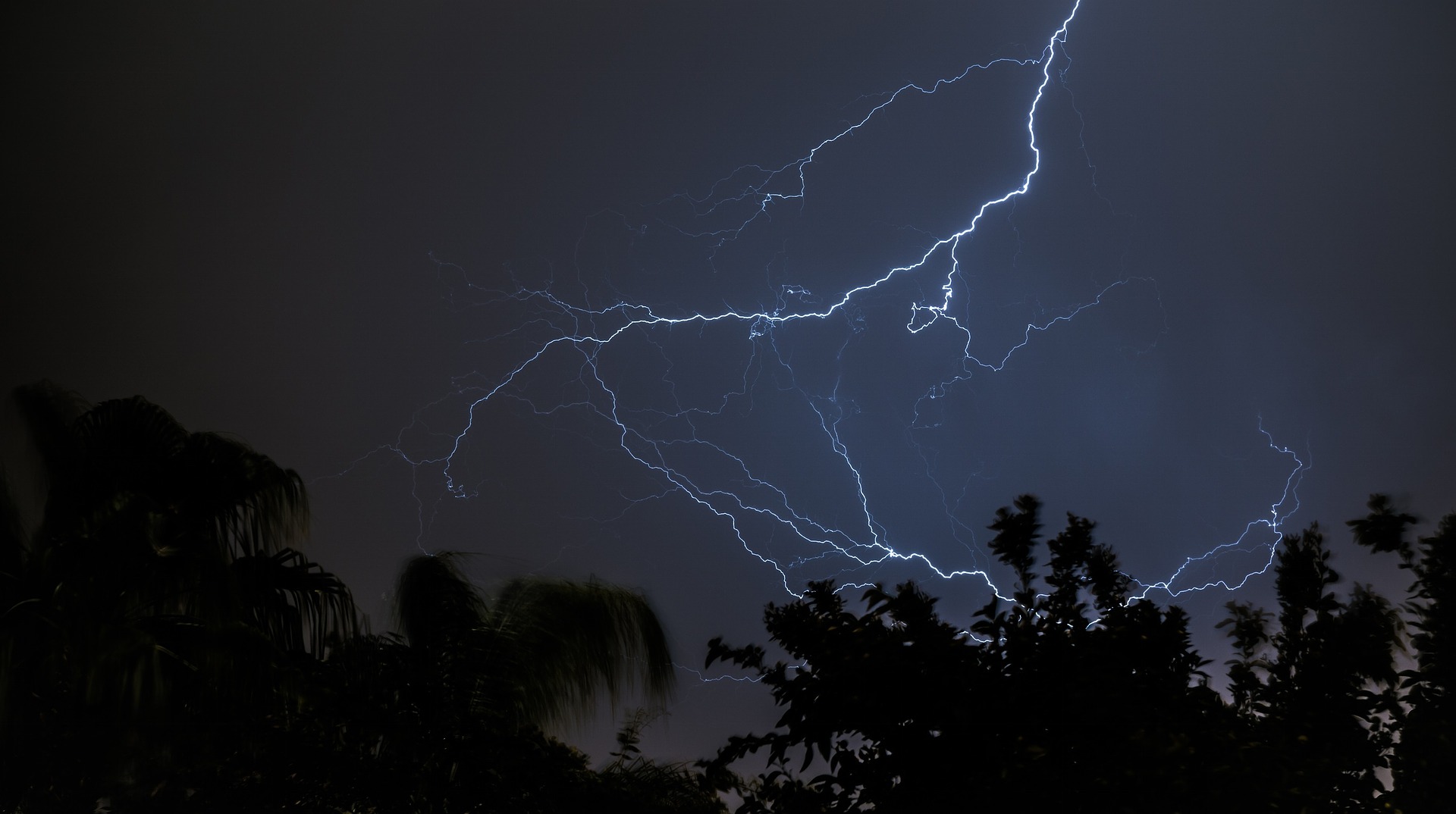You purchase homeowner insurance to financially protect your home and possessions in case of damage. When bad weather causes damage, home insurance coverage for a storm-related loss can depend on the situation as well as the type of coverage you’ve purchased.
Typical homeowner policies (HO3 policy form) include coverage for a variety of causes of loss (aka perils); however, certain causes of loss may be excluded, which helps to keep policies affordable. You may be able to expand your coverage by:

- Purchasing an endorsement to your homeowner policy; i.e. sewer back-up, service line coverage, and broader coverage for contents
- Purchasing a separate policy, i.e. flood insurance because floods are not covered by homeowner insurance.
Check your policy details about what causes of loss are covered by your policy and what is excluded. Speak with your agent if you have questions or want to explore options for enhancing coverage. Below are some general rules for common weather-related loss situations. Keep in mind that coverage limits and deductibles apply to covered losses.
wind, hail & fallen trees
Wind and hail that damages roofing or shingles, and wind-driven rain, hail or snow that causes internal damage due to wind are generally covered by homeowner policies. If a storm or weight of snow, sleet, or ice causes a tree to hit your home or another insured structure such as a detached garage or shed, a typical home insurance policy covers damage the tree causes to the structure and contents inside (when the damage causes a hole in the building). It also provides limited tree debris removal coverage ($500 or slightly more) when a tree hits your home or a covered structure. But, if a tree just falls in your yard, it’s generally not covered. In the winter, if the power goes out for an extended period of time, you may experience frozen pipes that could break/leak when the power comes back on. Home insurance typically covers resulting damage.
lightning
If your home is struck by lightning, the damage to the structure is covered by typical homeowner insurance. Generally, damage to appliances and electronics due to power surges related to a lightning strike on your property are covered. However, if a power surge results from an off-property electrical issue, homeowner policies typically don’t provide coverage unless you have purchased expanded coverage on personal property. Also, the amount of coverage for appliances or electronics depends on the specifics of your policy such as the coverage limit amount, deductible and whether you’ve chosen personal property replacement cost or actual cash value protection. It’s always a good idea to use quality surge protectors and test them to make sure they are working properly to help prevent a claim situation.
water, floods & ice damage
Water from rainstorms or ice can cause significant damage to a home. Homeowner insurance typically covers damage from hail and ice; however, when it comes to water, coverage depends on the cause of the loss. Wind-driven rain or a frozen pipe bursting are typically covered by home insurance; however floods from rain or a body of water overflowing are not covered by home insurance and require a separate flood policy, which has its own coverage limitations regarding definitions of a flood and coverage availability.
Sewer back-ups, which can happen after a heavy rain storm, are often excluded from home coverage unless you specifically purchase the coverage by adding an endorsement. However, seepage, where water enters due to saturated ground or poor drainage, is not covered by homeowner policies or flood policies.
When it comes to your home’s contents, it’s also important to understand your coverage. For example, a typical home policy covers damage to the structure from water damage due to ice dams; however, your personal property is often covered on a “named perils” basis and may not be covered for ice dams unless you choose to purchase extended coverage. Your agent can help you to understand your current coverage and options.
earthquakes
Earthquakes and earth movement are not covered by homeowners insurance. However, earthquake insurance is available either through an endorsement. You don’t have to live in a high risk area like California to face a risk of earthquake. New England has historically experienced severe earthquakes and it could happen again.
plan ahead
Before you have a claim is the time to understand storm damage coverage and what may or may not be covered by insurance. This will allow you to either purchase additional insurance protection if available and transfer the risk, or understand what may not be covered so that you can take preventative measures in advance.